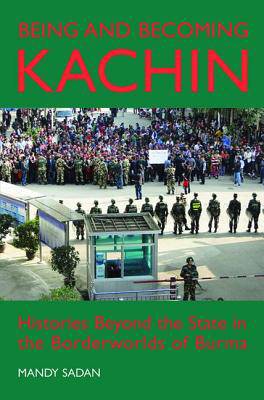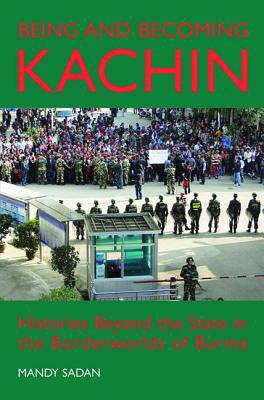
- Afhalen na 1 uur in een winkel met voorraad
- Gratis thuislevering in België vanaf € 30
- Ruim aanbod met 7 miljoen producten
- Afhalen na 1 uur in een winkel met voorraad
- Gratis thuislevering in België vanaf € 30
- Ruim aanbod met 7 miljoen producten
Zoeken
€ 152,95
+ 305 punten
Omschrijving
Since independence in 1948, Burma has suffered from many internal conflicts. One of the most long-standing of these has been in the Kachin State, in the far north of the country where Burma has borders with India to the west and China to the east. In Being and Becoming Kachin Mandy Sadan explores the origins of the conflict that started in 1961 and why it has continued for so long. Being and Becoming Kachin takes a much longer view of the problems that have led to such severe divisions between the political heartland of Burma and one of its most important 'peripheries' than is usually the case. It illuminates how the experience of globalisation since the late eighteenth century has been implicated in this division, and how the geopolitics of competing imperial systems through the nineteenth and early twentieth centuries reinforced and entrenched it. The analysis draws upon a study of many local archival materials in Jinghpaw, including the first detailed study of ritual and ritual language since the time of Edmund Leach. It offers new insights into how regions such as the Kachin State have been created by modern world systems, as well as how and why the post-independence Burmese state has failed to incorporate the Kachin region without the production of long-term violence.
Specificaties
Betrokkenen
- Auteur(s):
- Uitgeverij:
Inhoud
- Aantal bladzijden:
- 470
- Taal:
- Engels
- Reeks:
Eigenschappen
- Productcode (EAN):
- 9780197265550
- Verschijningsdatum:
- 1/12/2013
- Uitvoering:
- Hardcover
- Formaat:
- Genaaid
- Afmetingen:
- 157 mm x 236 mm
- Gewicht:
- 997 g

Alleen bij Standaard Boekhandel
+ 305 punten op je klantenkaart van Standaard Boekhandel
Beoordelingen
We publiceren alleen reviews die voldoen aan de voorwaarden voor reviews. Bekijk onze voorwaarden voor reviews.











